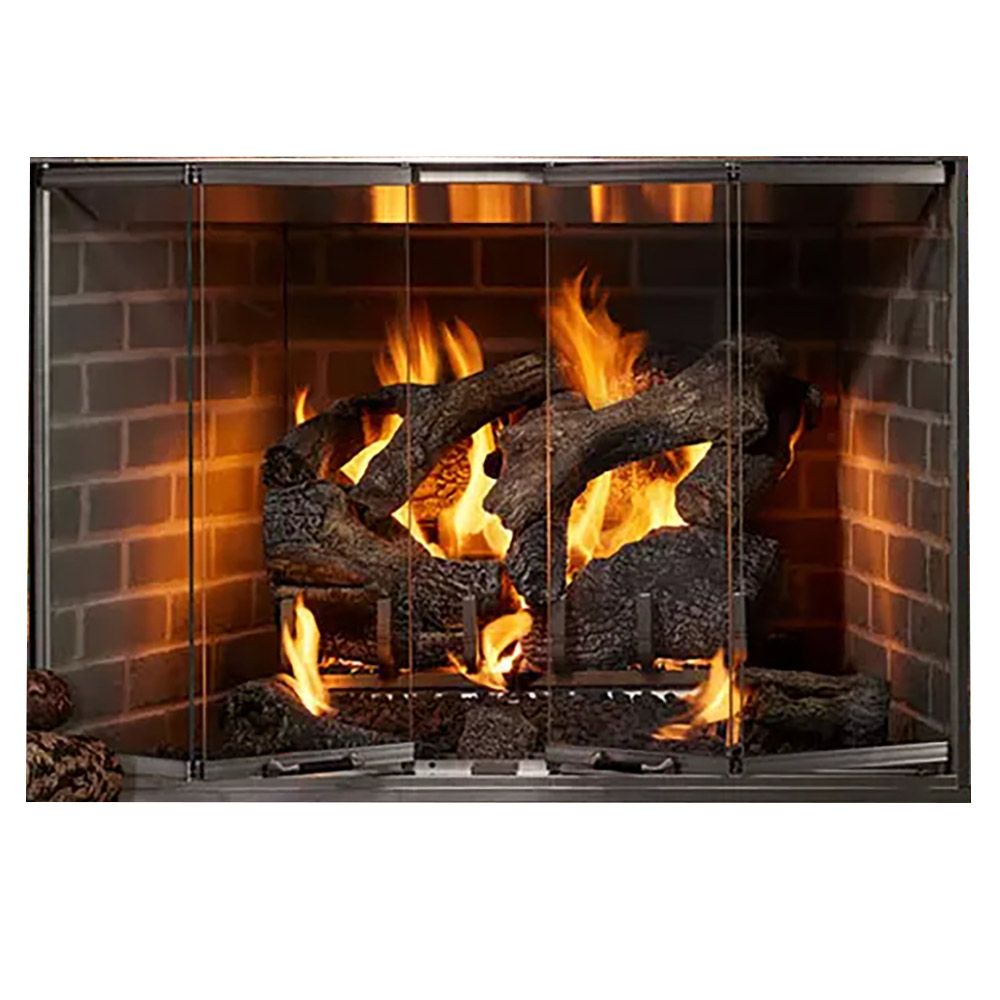Fireplaces, with their dancing flames and comforting warmth, have been a cherished part of homes for centuries. They offer more than just heat; they create an ambiance of relaxation, nostalgia, and cozy evenings. In this guide, we’ll delve into the world of fireplaces, exploring their history, types, benefits, and how to choose the perfect one for your home.
A Brief History of Fireplaces
The concept of using fire for warmth and cooking dates back to prehistoric times. Early humans learned to control fire, and eventually, they began to construct hearths within their dwellings. These early hearths were simple pits in the floor, often covered with a hood to direct smoke upward.
As civilizations advanced, so did fireplace technology. The Romans introduced hypocaust systems, a complex network of channels beneath floors and walls that circulated hot air and smoke to heat homes. Medieval Europe saw the rise of grand, ornate fireplaces in castles and manor houses, often featuring intricate carvings and heraldry.

The Industrial Revolution brought about changes in heating technology, with the development of stoves and central heating systems. However, fireplaces continued to hold a special place in homes, particularly in colder climates. In recent decades, there has been a resurgence of interest in fireplaces, with modern designs and energy-efficient options becoming increasingly popular.
Types of Fireplaces
Fireplaces come in various types, each with its own unique characteristics and benefits:
1. Traditional Fireplaces
Masonry Fireplaces: These classic fireplaces are constructed from brick, stone, or concrete. They offer a timeless look and can be customized to fit any style of home.
2. Gas Fireplaces
Gas fireplaces offer convenience and flexibility. They can be ignited with a remote control or a simple switch, and they produce realistic flames without the need for wood.
3. Electric Fireplaces
Electric fireplaces are a great option for those who want the look of a traditional fireplace without the hassle of real fire. They are energy-efficient and easy to install.
4. Outdoor Fireplaces
Outdoor fireplaces are perfect for entertaining guests or simply enjoying the fresh air. They can be built-in or portable and come in various styles, from traditional to contemporary.
Benefits of Having a Fireplace
Warmth and Comfort: Fireplaces provide a cozy and inviting atmosphere, making your home feel more comfortable during the colder months.
Choosing the Right Fireplace
When choosing a fireplace, consider the following factors:
Fuel Type: Decide whether you prefer wood, gas, or electric.
Conclusion
Fireplaces have evolved over centuries, from simple hearths to sophisticated modern designs. They continue to offer warmth, comfort, and aesthetic appeal to homes around the world. By understanding the different types of fireplaces and their benefits, you can choose the perfect one to enhance your living space and create lasting memories.


/cdn.vox-cdn.com/uploads/chorus_asset/file/25378171/2139238696.jpg?w=200&resize=200,112&ssl=1)


.jpg?auto=webp&format=pjpg&width=3840&quality=60&w=200&resize=200,112&ssl=1)
